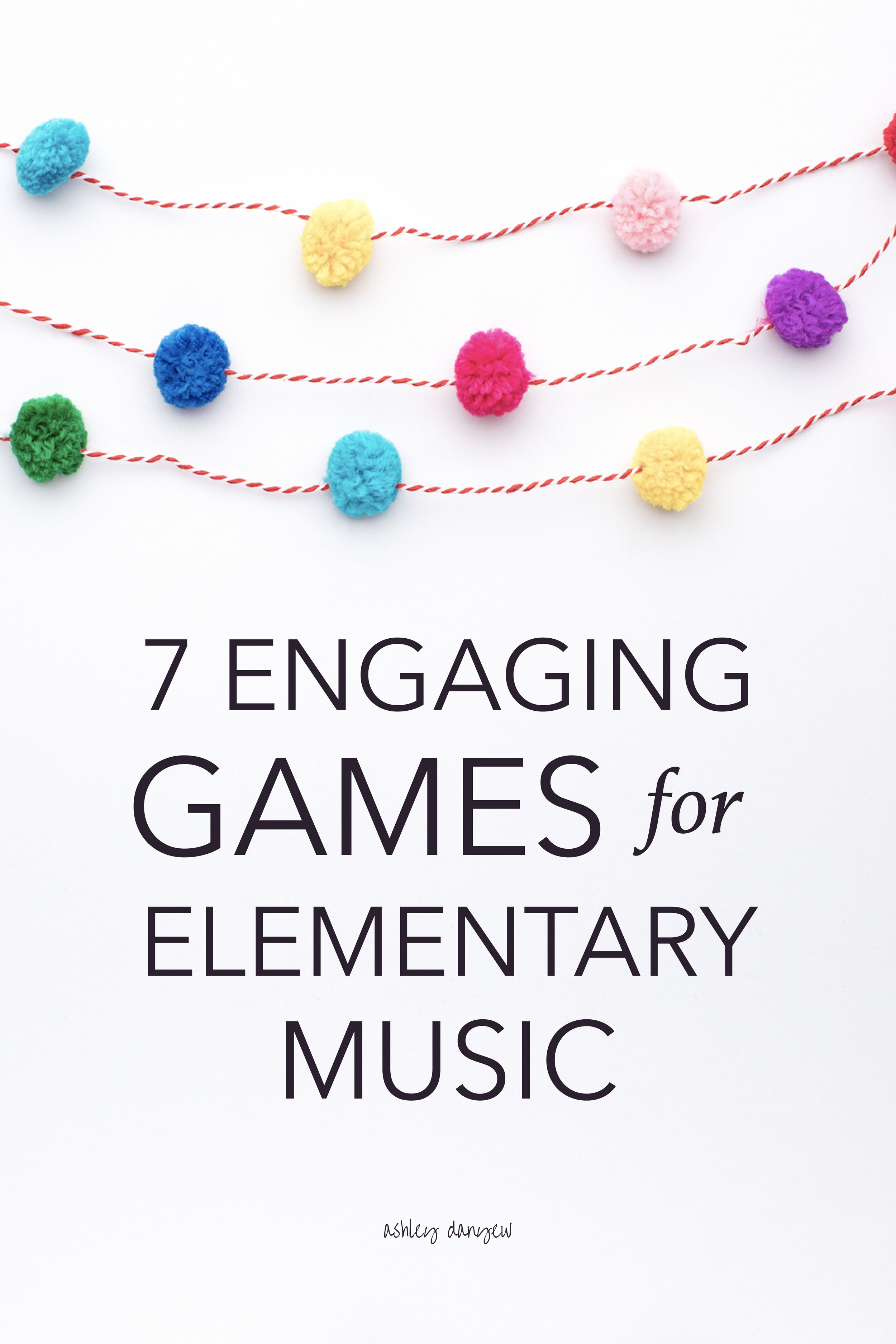Games and musical activities are a fun and engaging way to introduce and reinforce new musical concepts and develop musical skills like listening, singing, expression, coordination, and internalizing a sense of steady beat.
Today, I'm sharing a few of my favorite musical games and activities for elementary music classes, children's choirs, and elementary group classes.

















